Micro-Moments That Matter: Trimming Videos for TikTok’s 3-Second Hook

If you want viewers to stop scrolling within the first three seconds, every frame needs to earn its place. Short-form platforms reward immediacy, clarity, and surprise, and the fastest way to get there is surgical editing. Start with Pippit’s online video trimmer to quickly scan footage, chop the dead air, and place the most gripping moment right where it belongs. Pippit makes this process friendly and fast, so creators can experiment with multiple hooks until one sticks.
Let’s walk you through why the three-second rule exists, how to spot your micro-moment, and practical trimming strategies that make tiny edits deliver big retention wins.
This is hands-on, playful, and designed for creators who want more watch time without reshoots.
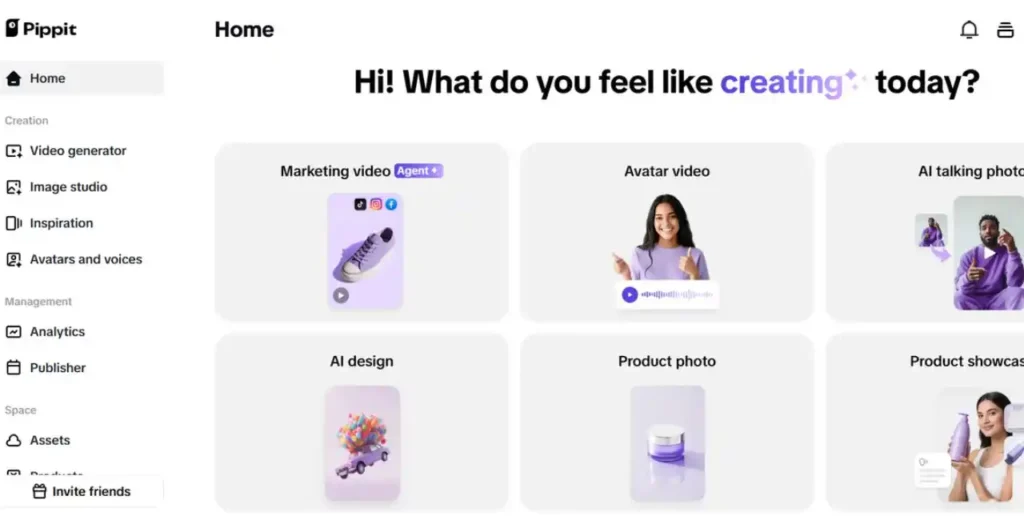
The anatomy of a 3-second hook
A hook is not just the first frame. It is a micro-arc that signals value, curiosity, or emotion fast enough for someone to pause mid-scroll. The hook can be a startling visual, a rapid reveal, a line that cuts through noise, or an action that promises payoff. The goal is to land that promise by the 3-second mark.
Start by scrubbing your clip and marking the first three seconds where something clear happens. Does the shot show what the story is about? If not, find the frame where the most visually or narratively interesting element begins and make that your new zero. The rest is trimming: remove lead-in chatter, tighten the camera linger, and push the hook forward so it hits immediately.
Why micro-moments beat long intros
People have limited attention and infinite options. A slow build on TikTok often becomes a skip. Micro-moments win because they respect the audience’s time and reward curiosity instantly. They also adapt well to autoplay contexts and sound-off viewing: a tight visual beat attracts the eye, and a caption or on-screen text can finish the message for those who do not enable sound.
Micro-moments are also easier to iterate on. Instead of polishing an entire 60-second piece, you can create five different 3–6 second hooks, test them, and scale the best performer into longer formats.
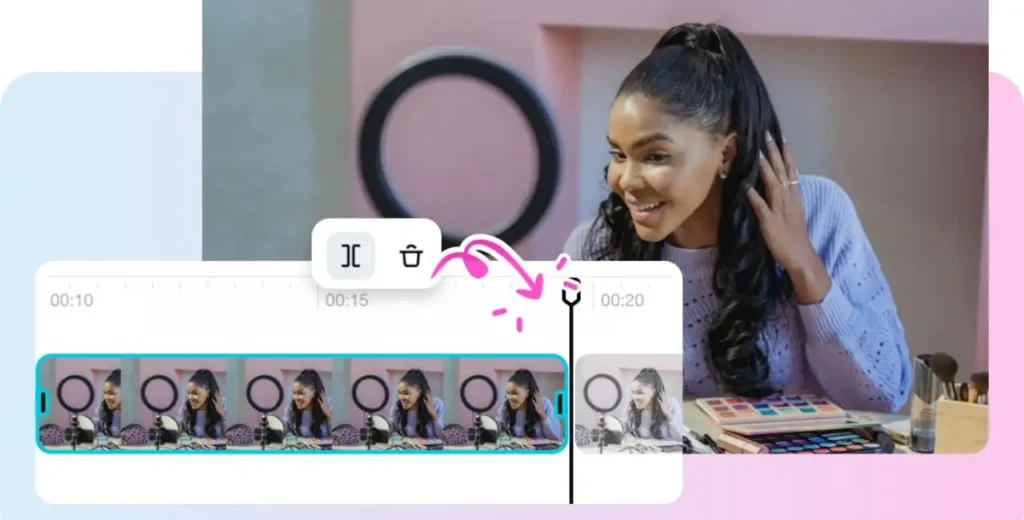
Spot the hook: a quick checklist
Take a fast pass through the footage and look for moments that do one of the following within three seconds: surprise, reveal, question, humor, or clear action. Mark those in your editor as candidates. Now, find the earliest frame that can lead into each candidate without context loss. Trim everything before that frame. Your job is to make the first visual sentence complete.
Trim tactics that push the hook forward
Use quick trims to eliminate hesitation. Cut filler words, remove leading camera drift, and shorten reaction time. If a speaker breathes, swallows, or apologizes before the key line, lop that out so the line starts sooner. When trimming, favor micro-adjustments: 100 to 300 milliseconds can change perceived pacing dramatically without sounding chopped.
If a cut creates a jump, insert a 200 to 400-millisecond cutaway or a rapid B-roll to smooth continuity. Tiny graphic overlays or an animated caption can also bridge visual jumps and reinforce the hook.
Step-by-step: slice for the three-second win with Pippit
Step 1: Go to the video editor
First, sign up on Pippit to access its dashboard, choose Video generator from the left-hand sidebar, and then Video editor. Press Click to upload to load the video you want to trim, or simply drag and drop it in the editing area.
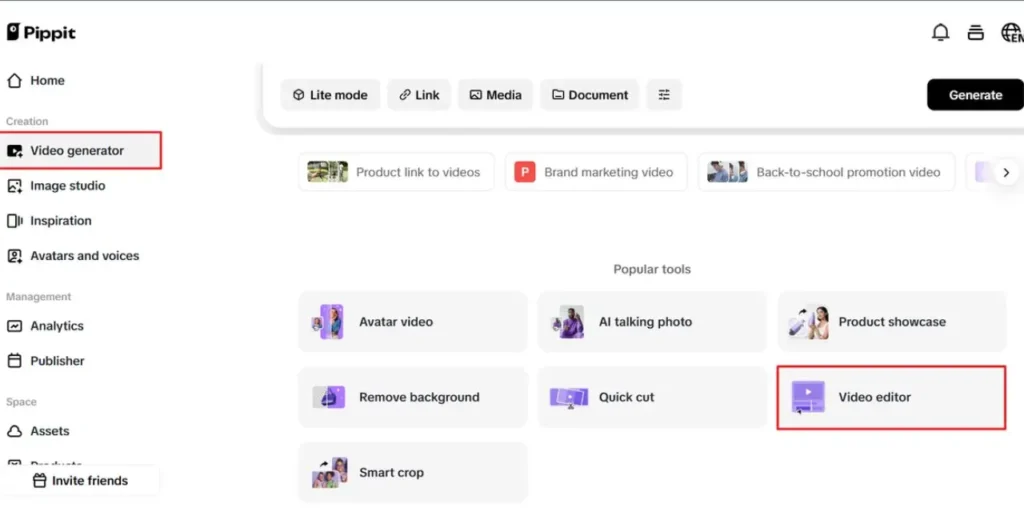
Step 2: Utilize the video trimming feature
Next, click the video on the timeline and drag the transform handles at the start or end to trim the video. To remove an unwanted scene in the middle, drag the Playhead to that frame and click Split. Delete the unwanted clip and your video will be trimmed to perfection.
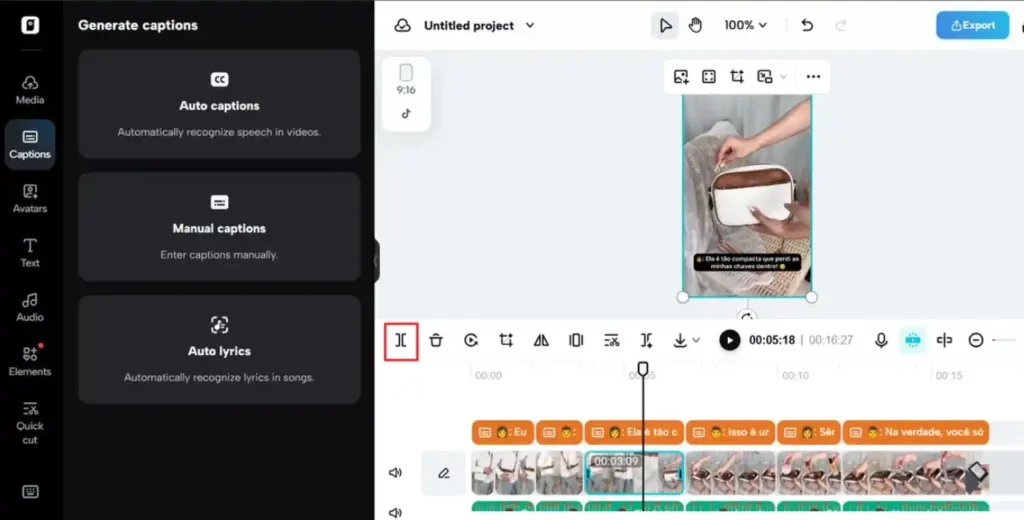
Step 3: Download & share the trimmed video
Lastly, click Export at the top right of the editing window, choose Download, set the resolution, format, frame rate, and quality, and click Export to save the clip. Alternatively, click Publish to publish the content directly on your social channels.
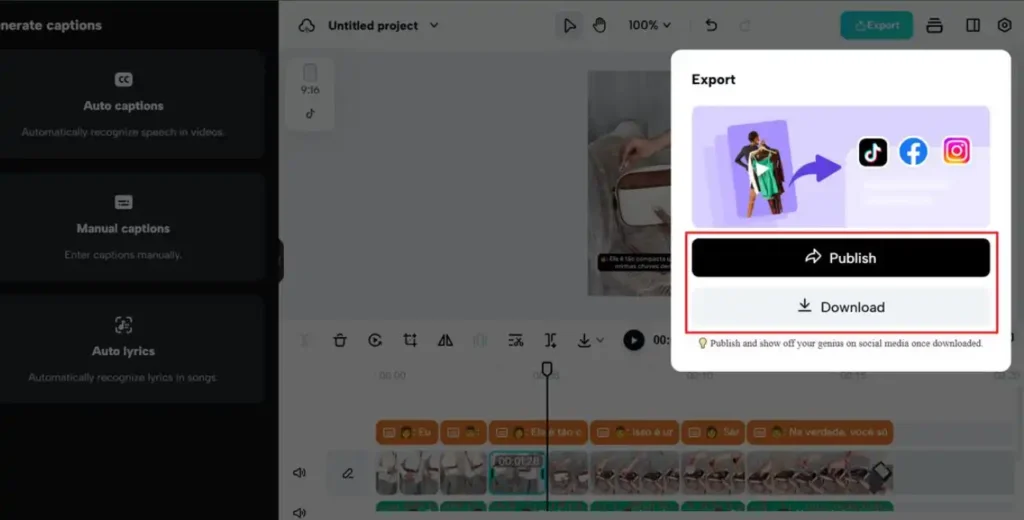
Sound design in three seconds: punch, not polish
Audio matters, but not all audio needs to survive the trim. If dialogue is essential to the hook, make the vocal start as close to zero as possible. If music or an ambient cue delivers the hook, drop it in as an immediate attention anchor. A subtle audio speed changer can help sync a beat or a spoken line to a visual hit without changing pitch noticeably, but use this sparingly so the result feels natural.
For sound-off viewers, add a concise on-screen caption that summarizes the promise of the hook in one short line. Captions are often the secondary hook after the visual pull.
Visual framing and context: make the first frame speak
The first frame should answer what the viewer will get. If the shot is too ambiguous, trim to a frame that visually telegraphs the topic. Tight close-ups, motion, and bold contrast all help. If trimming reveals a messy or distracting background, a quick photo background change on that frame or an overlay can keep focus on the subject without a retake.

Testing hooks efficiently
Make multiple variants: move the hook forward by different amounts, swap the first frame, or change the caption. Publish these short variants as sequential posts or run them as paid A/B tests. Track completion, rewatch rate, and click-throughs. Often, the best performing hook is not the most dramatic, but the clearest promise delivered instantly.
Repurposing strategy: hooks as seeds
Think of a hook as a seed for other content. A viral 3-second moment can be repackaged into a longer tutorial, a reaction compilation, or a behind-the-scenes clip that explains the moment. Trim for the hook first, then build outward. This approach multiplies content from the same shoot without losing the immediacy that made the hook work.
Final edit: make the three seconds count
The best hooks are tiny engineering feats: they promise something desirable and make that promise immediately believable. Trimming is the fastest lever you have to deliver that promise. Use Pippit and a nimble online video trimmer to iterate, test, and amplify the micro-moment that turns a scroll into a watch.
Want to stop losing viewers in the first three seconds Try Pippit for your next batch of social clips and watch how a well-placed trim changes everything. Get in, trim, publish, and repeat.
